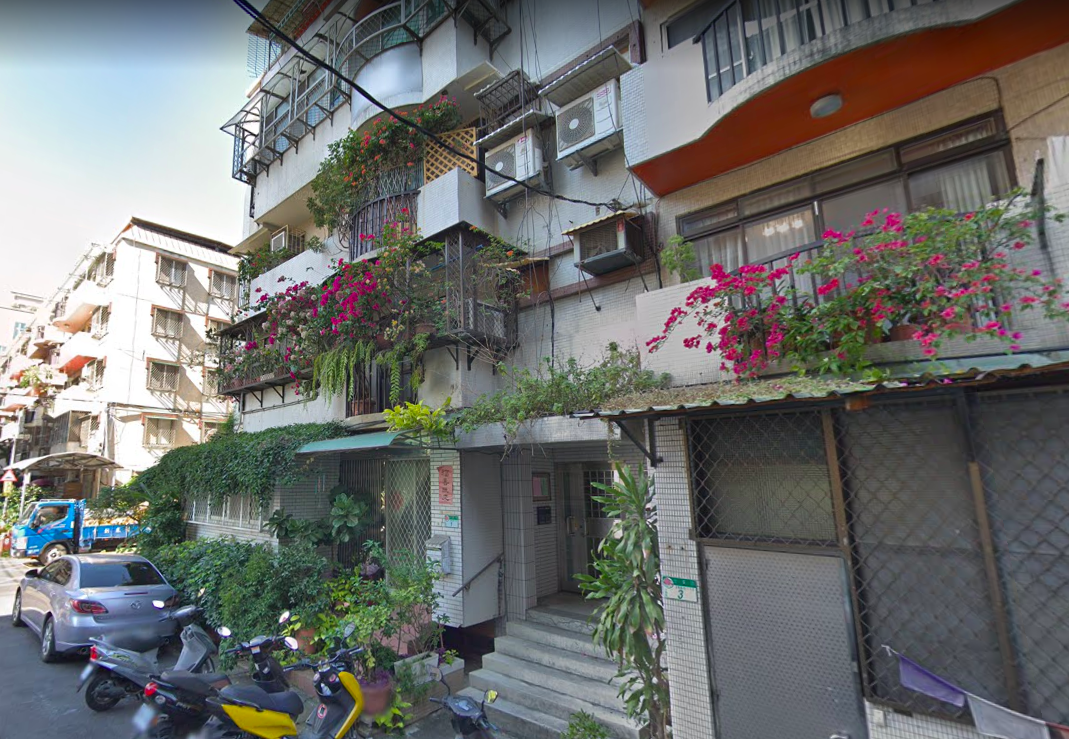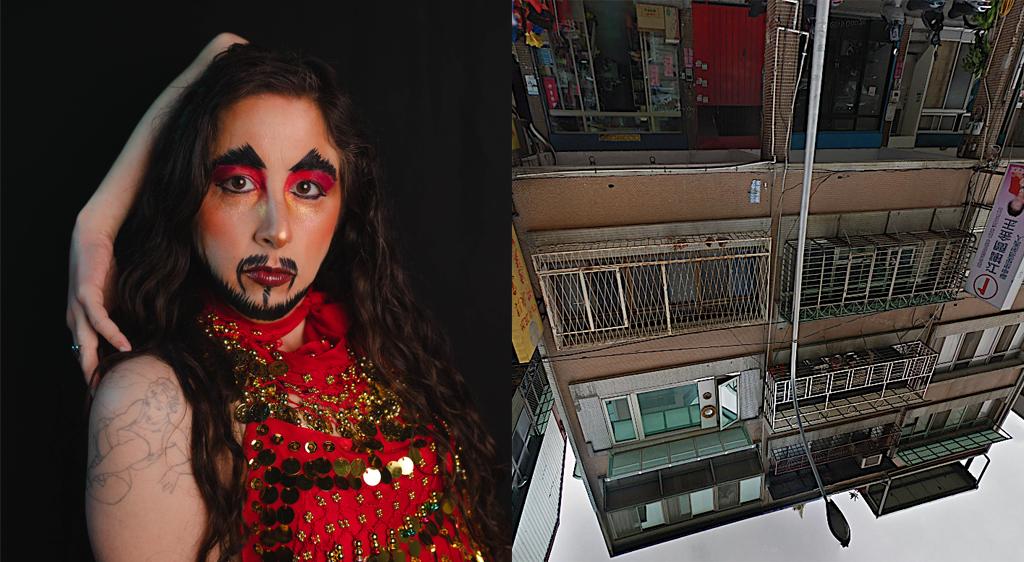Mexican folk dance has been a part of California since the the late 18th century. In those days the itinerant dance “maestro” went from Rancho to Rancho teaching the latest European dance fads to a multigeneretional clientele. When the Californios held their “meriendas” and “bailes”, this was the perfect opportunity for every elegible bachelor and young señorita to display their skills in dancing the cuadrilla, polka, waltz, and schotis. In those days it was fashionable, even necessary, for the “gentlemen farmers” to have dance as part of their social and courtship skills. It was the same throughout New Spain, what would later become Mexico.
Fast forward to 21st century Mexico. There folk dance has two faces. One face exists in the pueblos and the regional plazas as an authentic indigenous, primarily religious expression of a people who, over five centuries of Spanish influence, have syncretized Christianity with their native religious beliefs. This fusion created dances such as Negritos, Santiagueros, Azrecas, Pascolas and many others that continue to be part of the annual religious celebrations throughout Mexico. They last hours, even days and are therefore difficult to replicate outside of their natural context.

Oscar Salas performing El Venado/The Deer, part of a hunting Pascola ritual

Dancers from Floricanto perform an Aztec ritual dance modified for the stage
The other face of dance in Mexico is the secular adaptation that began as regional interpretations of Spanish and other European music evolved. It was danced during social occasions, and passed on from generation to generation, and known as “Mestizo” dancing because it was primarily danced by the offspring of Spanish and indigenous people, known as mestizos. Curiously, regardless of its regional origin, this movement is always based on footwork. And because of its social nature, it has always had presentational possibilities. It has become a very successful theater transplant in the last fifty years, this, in large part, as a result of Sol Hurok’s global producing skills. He toured the Moiseyev, Ballet Folklorico de Mexico, and Bayanihan so successfully from the 1960’s until his death in the late 1970’s that people all over the world wanted to travel to Russia, Mexico and the Philipines to get to know these people better. We in the United States were no different. These dance companies became defacto Good Will Ambassadors for their countries.
But in Southern California Mexican folk dance took on another dimension. When, in 1968, Sal Castro, a Los Angeles high school teacher who fought for Chicano students’ rights, submitted the student demands to school administrators, among the demands was a request for a folklorico dance class. Folklorico became a political statement about who we were and the importance of retaining our cultural roots. Within ten years every middle school, high school and four year institution of higher learning in the Los Angeles area had a folklorico class as part of its offerings. These were the ’60’s so it was not uncommon to end a dance presentation with both audience and performers yelling “Chicano Power.” Many of our current political leaders cut their teeth in a folklorico class: Antonia Hernandez, long time director of the Mexican American Legal Defense Fund. Armando Duron, political activist and Art collector, Vickie Castro, past Los Angeles School Board member to name a few. And, of course, me.

El Pasajero, from the State of Jalisco, Mexico
Today, we have folklorico groups throughout the United States and Canada. I’ve met many of them at the annual Asociacion Nacional de Grupos Folkloricos, here in the United States. And in California, Danzantes Unidos (DUF), the State Folklorico organization hosts an annual dance conference attended by almost one thousand members from throughout the state. Forty years later, folklorico is not a political statement anymore. It is a cultural retrieval and affirmation effort, one led vigorously by DUF president, Maria Luisa Colmenares.
We have two predominant schools of folklorico training, both in Mexico and the United States. One follows the teachings of Amalia Hernandez, founder and artistic director of Ballet Folklorico de Mexico. This method is infused with ballet training and provides a very stylized depiction of the art form. The other follows a more holistic format, attempting to maintain the original purpose and intent of these dances. But, as is the case with all closely related art forms, they influence and inform each other more and more everyday.

Gema Sandoval, Jr. in La Marea
I have been part of this journey, for almost 40 years. I have gone from student activist. to dancer activist, to dance teacher, to dance artist, to choreographer. And I don’t really know where one ended and the other began. Or maybe all of those things are very much still in me. During the coming years I want to continue doing what I have always done-represent my community through our music and dance. However, I now want to not only represent where we came from I also want to make dance pieces that depict our current moment in time, here in America. That is why I was so happy to find CounterPULSE, happier still to be accepted as one of this year’s choreographers. And, to think that there might be people out there who would be interested in reading what i think about dance. Dear God, I have died and gone to heaven, and its called CounterPULSE.
Share This!
More Good Stuff
‘Border / Line خط التماس’ by Jess Semaan and Halim Madi & ‘Sa Ating Ninuno (To Our Ancestors)’ by Kim Requesto December 5-6 & 12-13,
Unsettled/Soiled Group is a group of East, Southeast, and South Asian diasporic movers, makers, and settlers on Ramaytush and Chochenyo Ohlone land. Unsettled/Soiled Group is led by June Yuen Ting, one of CounterPulse's 2022 ARC Performing Diaspora artists and will debut Dwelling for Unsettling alongside VERA!'s Try, Hye!, Thursday through Saturday, December 8-10 & 15-17, 2022
Try, Hye! by Vera Hannush/VERA! & Dwelling for Unsettling by Unsettled/Soiled Group December 8-10 & 15-17, 2022 // 8PM PT // 80 Turk St, SF




Gema– thank you for this articulate and informative account of Folklorico in the United States. It’s an honor to be able to include you in the program, and I’m thrilled to witness your new piece develop– the combination of honoring tradition while speaking to the contemporary world is exactly what we intend for Performing Diaspora– this is exciting!